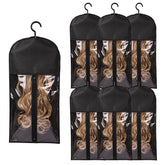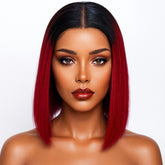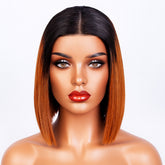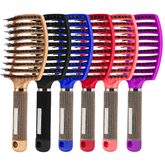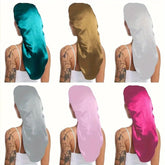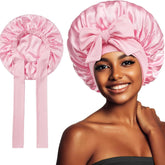Why grey hair can affect hiring — and what to do about it
When 59-year-old Elizabeth Davis found herself job hunting for a year, she considered hiding her grey hair with a wig — and yet felt proud to wear it naturally. Coverage of her experience has reignited a conversation about appearance bias, ageism and the small, everyday choices people make when their hair becomes a visible sign of ageing. For many older applicants, grey hair is not just a cosmetic decision but a workplace signal that can influence first impressions.
The stigma around grey hair and hiring
Perceptions of age and capability are often baked into hiring processes, sometimes unconsciously. Appearance is one of the first cues recruiters and interviewers use to form an impression, and for older candidates that can mean navigating assumptions about energy, technological fluency or longevity in role. In the UK, age is a protected characteristic under the Equality Act 2010, which means employers must not discriminate on the basis of age. Yet day-to-day biases can persist, and for many people their hair — whether grey, cropped, or worn long — becomes a visible shorthand that influences decisions before a conversation even begins.
Practical choices for jobseekers
Choosing how to present yourself in a job search is an intensely personal decision. Some people prefer colouring to feel confident; others embrace their natural grey as a marker of experience. Both choices are valid. What matters most is how you control the narrative around your appearance and underline the professional qualities you want employers to notice.
- Lead with your skills: Make sure your CV and LinkedIn highlight measurable achievements, recent training and up-to-date technical skills so first impressions are shaped by capability rather than looks.
- Treat your hair as part of your professional brand: Whether natural or coloured, a neat, well-maintained hairstyle signals professionalism and attention to detail.
- Prepare a strong interview opener: A confident introduction that summarises your experience and ambition can steer focus away from assumptions tied to age or appearance.
- Consider context: Some industries and companies have more conservative expectations; others prize authenticity. Research company culture before deciding how you’ll present yourself.
- Use visuals smartly: Update your professional profile photo to reflect the look you’ll present in interviews so there are no surprises.
There are practical grooming and styling strategies that help grey hair read as intentional rather than passive: a clean trim, rich conditioning to reduce frizz, and styles that frame the face well. If someone chooses to colour, modern techniques like soft lowlights or gloss treatments can look subtly youthful without forcing a dramatic change. Alternatives such as scarves or smart headwear can be used tactically, but they should align with the professional image you want to project.
What employers and the industry can do
Addressing bias is not only the responsibility of candidates. Employers and hiring managers play a crucial role in ensuring fair assessment. Practical steps include structured interviews, competency-based screening, and anonymised CV reviews where possible. Training on unconscious bias can help interview panels recognise and resist making assumptions based on appearance.
Businesses that publicly commit to age diversity often find a broader talent pool and greater retention of experienced staff. Small changes — from inclusive imagery in recruitment adverts to clear policies on age discrimination — signal to applicants that an employer values ability over appearance.
Takeaway
Grey hair can become an unintended signal in recruitment, but neither a barrier nor a necessity to hide. Candidates can take control by emphasising skills, grooming to present a polished professional image and researching company culture to decide how to appear in interviews. Employers must do their part by removing age-based assumptions from hiring processes and creating a culture where experience is an asset. The conversation about grey hair is ultimately a conversation about respect, fairness and a modern view of professionalism.
Explore More: Discover related reads from Hairporium — News • Guides • DIYs • Expert Articles.
Stay Updated: Read more UK hair industry news and innovations on Hairporium News.

